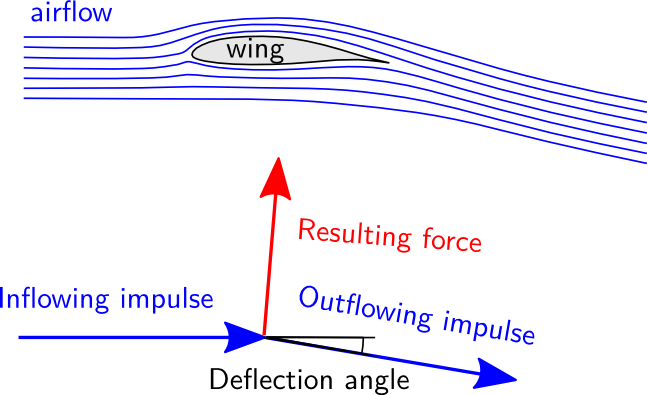For a simple and correct answer you need first to understand induced drag.
Please read this answer if you feel unsure.
Short version: The wing creates lift by deflecting air downwards. Induced drag is the consequence of this deflecting, because the resulting force of this deflection process is tilted backwards by half the deflection angle. Due to the backward tilt, the force has a horizontal component, pointing backwards. This is induced drag.

The ground effect will prevent this flow field from developing fully, because air cannot flow into the ground. Consequently, the deflection angle is lower, and also its horizontal component, i.e. drag.
The same happens ahead of the wing, where the upward motion of air ahead of the stagnation point is also restricted. Another consequence of this is a reduced lift curve slope in ground effect.
Lift is higher relative to induced drag compared to the free-flow case because the wing somewhat blocks the outflow of air at the trailing edge, and this results in a higher pressure on the bottom of the wing compared to the free-flow case.
This "cushion-effect" explanation is actually quite correct. The pressure which lifts the airplane is not only created by accelerating air downwards, but also by ram pressure. This effect disappears once the wing is far enough from the ground.

